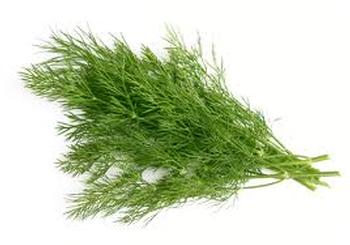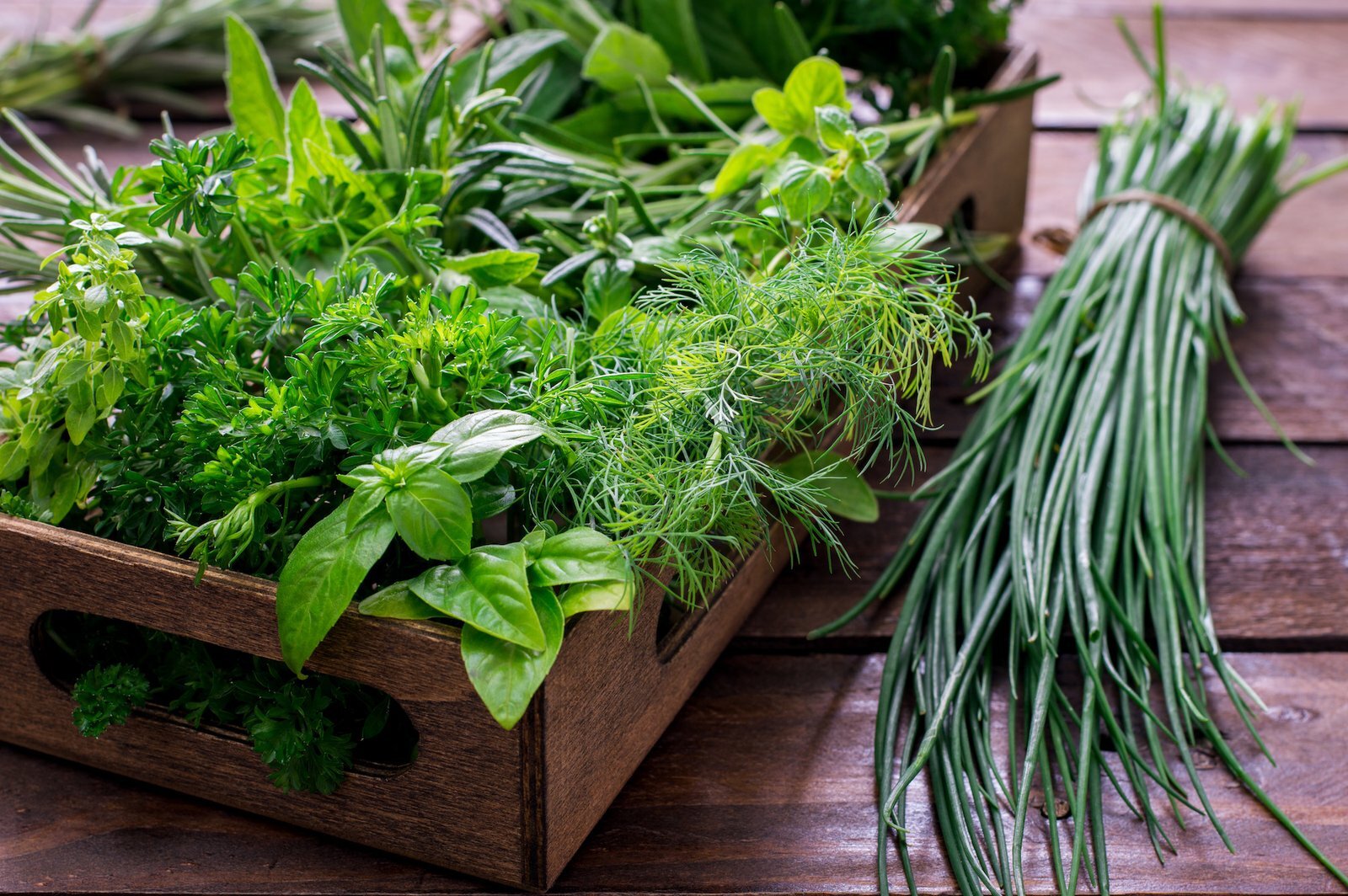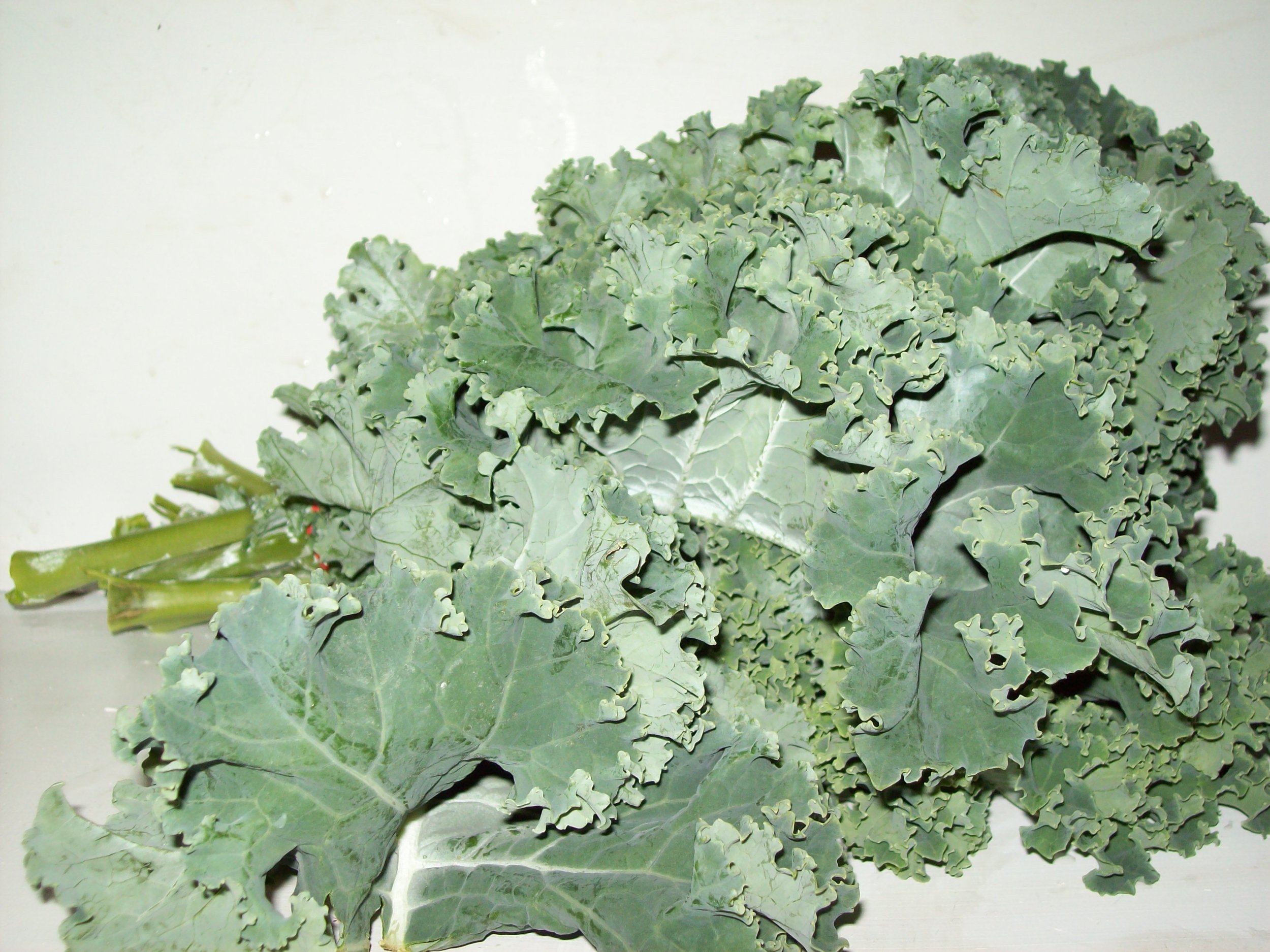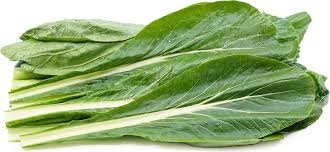Dill
/Dill (Anethum graveolens)
This feathery herb has blue-green leaves with a bright, clean, summery taste. It has an assertive but clear aroma like celery, with a freshness like parsley and a hint of anise-like sweetness. It is common in European cooking and is the standard flavoring for pickles. It also combines well with green beans, broccoli, cabbage, carrots, cauliflower, tomatoes, parsnips, potatoes, spinach, squash, eggplant, and eggs.
Try adding it to yogurt sauces or baking it in bread.























